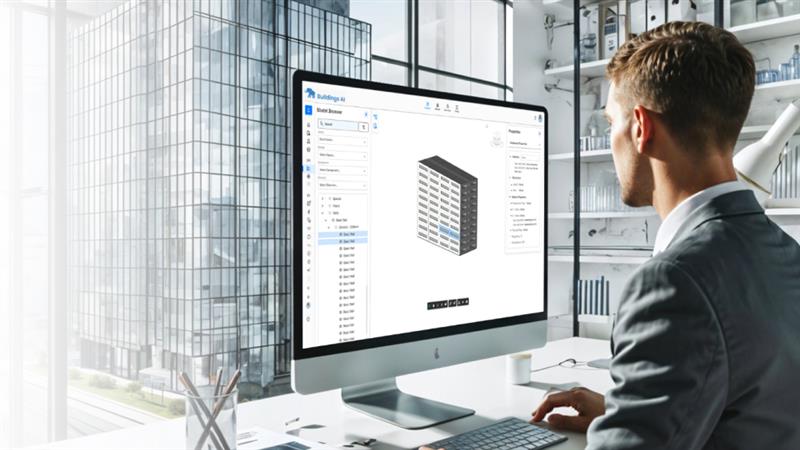BLOG
Latest news, technology updates and app tips from the simulationHub team
Recent posts

Saturday, September 11, 2021
By Vijay Mali
We have recently launched our new product Autonomous HVAC CFD. On the occasion of this launch, I thought of telling you the story. A story that talks about the “Why and what” of the product. This is little behind the curtain stories, little philosophical, and little about the vision. I hope you will enjoy reading and knowing more about this new start across the block.

Friday, April 23, 2021
By Aaditya Ruikar
simulationHub team has written the article on topic of hydrodynamic torque in the recently published Valve World magazine – Vol. 26, Issue 4, April 2021. Knowing the valve torque is essential in actuator sizing. Major components of total shaft torque include seating, bearing, packing frictional torque and flow-induced hydrodynamic torque.

Wednesday, March 03, 2021
By Sneha Shetty
This is a press release article to help you to understand the results generated using simulationHub’s Autonomous Valve CFD app’s powerful post-processing utilities. Also helps in understanding the methodology developed by the simulationHub team for the virtual flow loop testing process used to predict Cv, Kv & Cdt values in the Autonomous Valve CFD app. Read more about this advancement in the article.

Wednesday, December 23, 2020
By Aaditya Ruiker
This blog speaks about a category of the Gate valve: Wedge Gate valve. In this blog we will have a look at the mechanism of the wedge gate valve, its uses, advantages and disadvantages. In the end we would see the CFD analysis of the valve using Autonomous Valve CFD.

Wednesday, December 23, 2020
By Aaditya Ruiker
This blog speaks about a category of the check valve: Swing check valve. In this blog we will have a look at the mechanism of the swing check valve, its uses, advantages and disadvantages. In the end we would see the CFD simulation of the valve using Autonomous Valve CFD.



